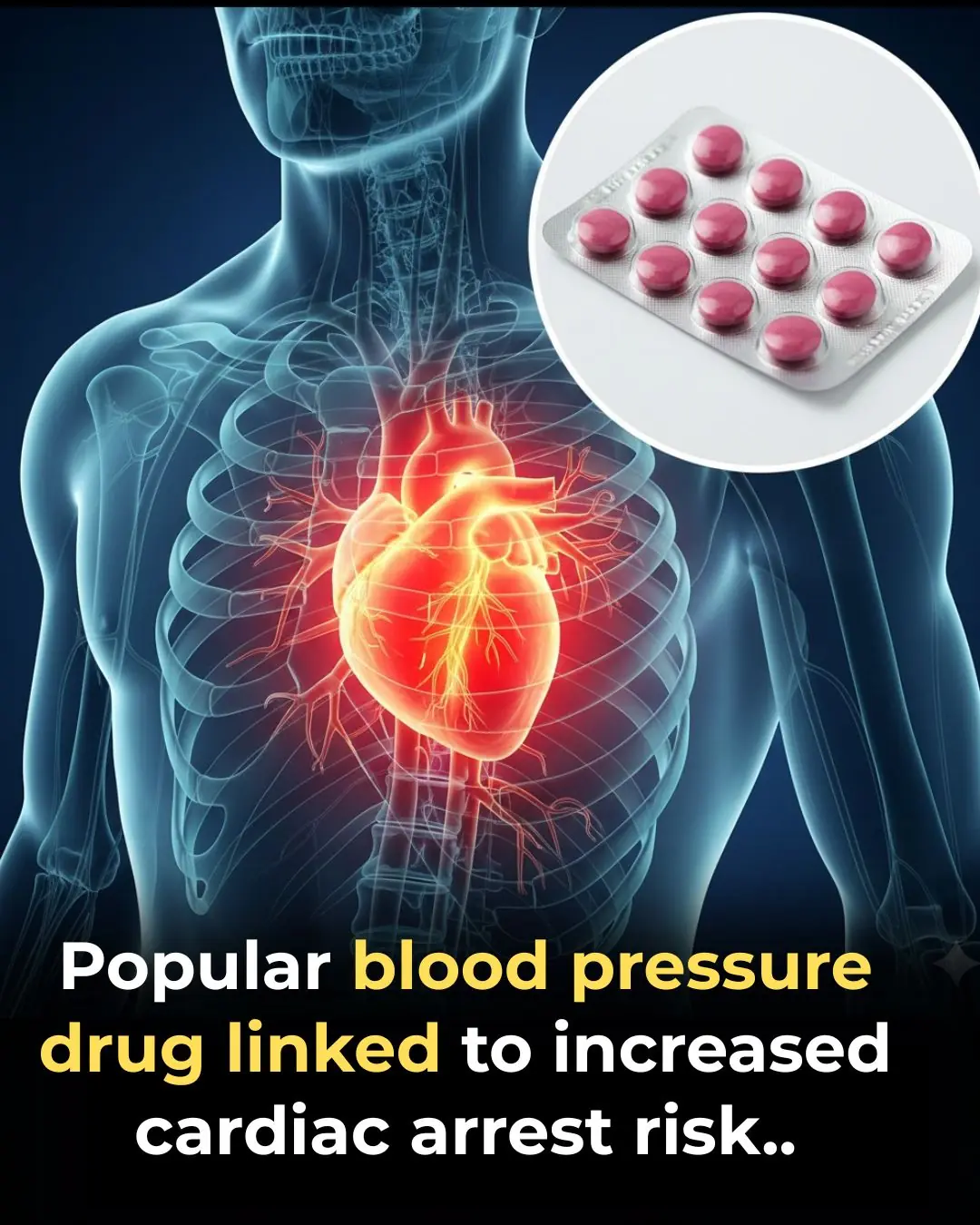
Most People Carry This Cold Sore Virus—But Few Know How to Control It
Cold sores — those annoying little blisters that pop up around the lips — are much more common than most people realize. Also called fever blisters, they’re caused by the herpes simplex virus type 1 (HSV-1), one of the most widespread viruses on the planet.
According to the World Health Organization (WHO), around 67% of people under age 50 are infected with HSV-1. Many never show visible symptoms, while others experience recurring outbreaks that can be painful, embarrassing, and emotionally draining.
Let’s take a closer look at what causes cold sores, what they look like, how to treat them effectively, and — most importantly — what you can do to prevent future flare-ups.
What Actually Causes Cold Sores?
Cold sores result from an infection with HSV-1, which spreads most commonly through direct oral contact, such as kissing, or by sharing personal items like utensils, lip balm, towels, or razors. Less commonly, HSV-1 can also spread through oral–genital contact.
Once HSV-1 enters your body, it’s there for life. The virus hides inside nerve cells (specifically the trigeminal ganglion, near the ear) and stays dormant until something triggers it to “wake up.” When this happens, the virus travels along the nerves to the skin, where blisters form.
Common triggers that can reactivate HSV-1 include:
-
Stress or emotional strain
-
Fatigue or lack of sleep
-
Colds, fever, or other illnesses
-
Hormonal changes (e.g., menstruation)
-
Extended sun exposure or windburn
-
Dental work or lip injuries
-
Weakened immunity due to medication or illness
Although cold sores most often appear around the lips, they can also develop on the chin, nostrils, cheeks, or even inside the mouth. In rare cases, HSV-1 can infect the eyes, leading to herpes keratitis, which requires urgent medical care.
Recognizing the Symptoms: The Cold Sore Timeline
Cold sores usually follow a predictable four-stage cycle:
-
Tingling or Itching (Prodrome Stage) – A burning, itching, or tingling feeling develops around the lips 1–2 days before blisters appear. Treating at this stage often produces the best results.
-
Blister Stage – Small, fluid-filled blisters form, often in clusters near the mouth or nose.
-
Oozing and Crusting – Blisters break open, releasing fluid and forming shallow sores that crust over with a yellowish or brown scab.
-
Healing Stage – The scab gradually falls off, leaving fresh skin underneath.
The entire process lasts about 7–10 days, though the first outbreak may last longer and feel more intense. Future outbreaks are typically shorter and milder as your immune system learns to keep the virus in check.
Treating Cold Sores: What Actually Helps
There’s currently no cure for HSV-1, but there are plenty of ways to shorten outbreaks, ease discomfort, and limit viral spread.
1. Prescription Antivirals
If you frequently get cold sores or want faster recovery, prescription antivirals are your best option. They work best when taken at the first sign of tingling:
-
Acyclovir (Zovirax)
-
Valacyclovir (Valtrex)
-
Famciclovir (Famvir)
These medications can reduce the healing time and frequency of future outbreaks. For people who experience more than six outbreaks a year, doctors may recommend daily suppressive therapy to keep the virus dormant.
2. Over-the-Counter (OTC) Remedies
For milder or occasional cases, drugstore treatments can provide relief:
-
Docosanol 10% (Abreva): Most effective if used at the tingling stage.
-
Topical anesthetics (lidocaine, benzocaine): Temporarily numb pain and itching.
-
Pain relievers (ibuprofen, acetaminophen): Reduce soreness and inflammation.
3. Home Remedies and Comfort Measures
While home remedies can’t eliminate HSV-1, they can soothe irritation and help your skin heal more comfortably:
-
Aloe vera gel: Calms redness and irritation.
-
Lemon balm (Melissa officinalis): Contains antiviral compounds that may shorten healing time.
-
Cold compresses: Minimize swelling and pain.
-
Petroleum jelly or lip balm: Keeps the area moist and prevents cracking.
-
Avoid picking or scratching — it delays healing and can spread the virus.
👉 Tip: Always wash your hands before and after touching a cold sore, and avoid touching your eyes or other sensitive areas.
Preventing Outbreaks Before They Start
You may not be able to stop HSV-1 from reactivating entirely, but you can greatly reduce your chances of an outbreak.
-
Manage your triggers: Keep track of what tends to cause flare-ups — stress, fatigue, illness, or sun exposure.
-
Boost your immune health: Eat a balanced diet rich in fruits, vegetables, and omega-3s. Stay active, manage stress, and get enough sleep.
-
Use lip protection: Apply SPF lip balm before going outdoors, especially in sunny or windy weather.
-
Stay hydrated: Dry, cracked lips are more prone to irritation and infection.
-
Consider supplements: Some people find L-lysine helpful in reducing outbreak frequency, although research is still limited.
Preventing Transmission: Protecting Others
HSV-1 is highly contagious, even when sores aren’t visible — this is called asymptomatic shedding. To reduce the risk of spreading it:
-
Avoid kissing or oral contact during an outbreak.
-
Don’t share drinks, utensils, towels, razors, or lip products.
-
Wash hands frequently, especially after touching your face.
-
Avoid oral sex during outbreaks to prevent genital HSV-1 infection.
If you’re a parent, avoid kissing infants during an outbreak — neonatal herpes, while rare, can be serious.
When to See a Doctor
Most cold sores heal on their own, but you should contact a healthcare professional if:
-
Sores last longer than 10–14 days
-
Outbreaks are frequent, severe, or unusually painful
-
The infection spreads to your eyes or other parts of the body
-
You have eczema, immune suppression, or chronic illness
A doctor may suggest episodic antiviral therapy (taken when symptoms start) or daily suppressive treatment if outbreaks are frequent.
Living With HSV-1: Final Thoughts
Cold sores are extremely common — and while they can’t be cured, they can absolutely be managed. By identifying your personal triggers, practicing consistent hygiene, and starting treatment early, you can significantly reduce both the frequency and severity of outbreaks.
Remember: having HSV-1 doesn’t define you. Millions of people live perfectly normal lives with this virus.
The key is early action, strong immune health, and self-care.
👉 With the right habits, HSV-1 doesn’t have to control your life — and you can keep those cold sores under control, one smart step at a time.
News in the same category


Powerful Health Benefits of Pineapple You Should Know
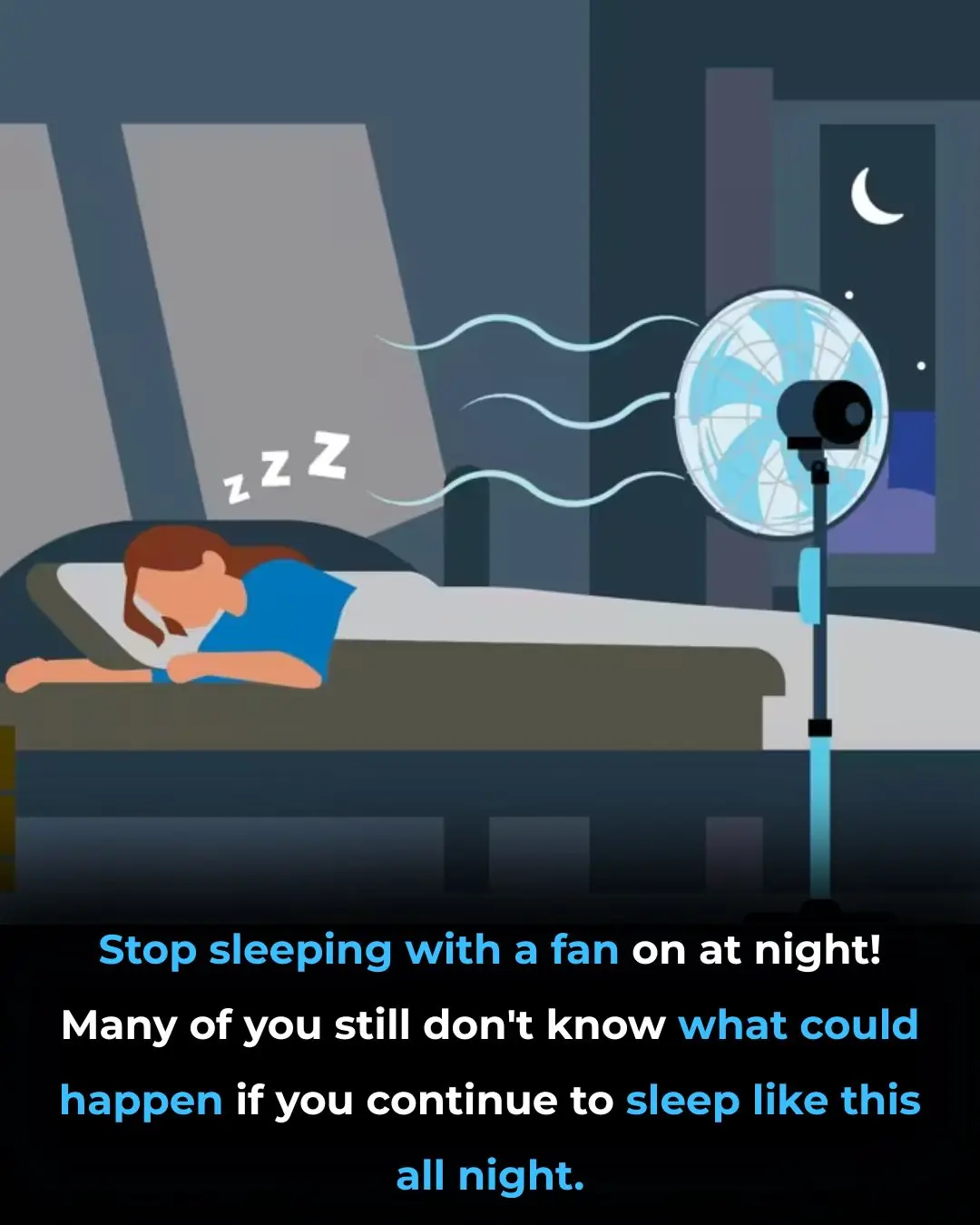
The Surprising Health Benefits of Sleeping in a Cold Room
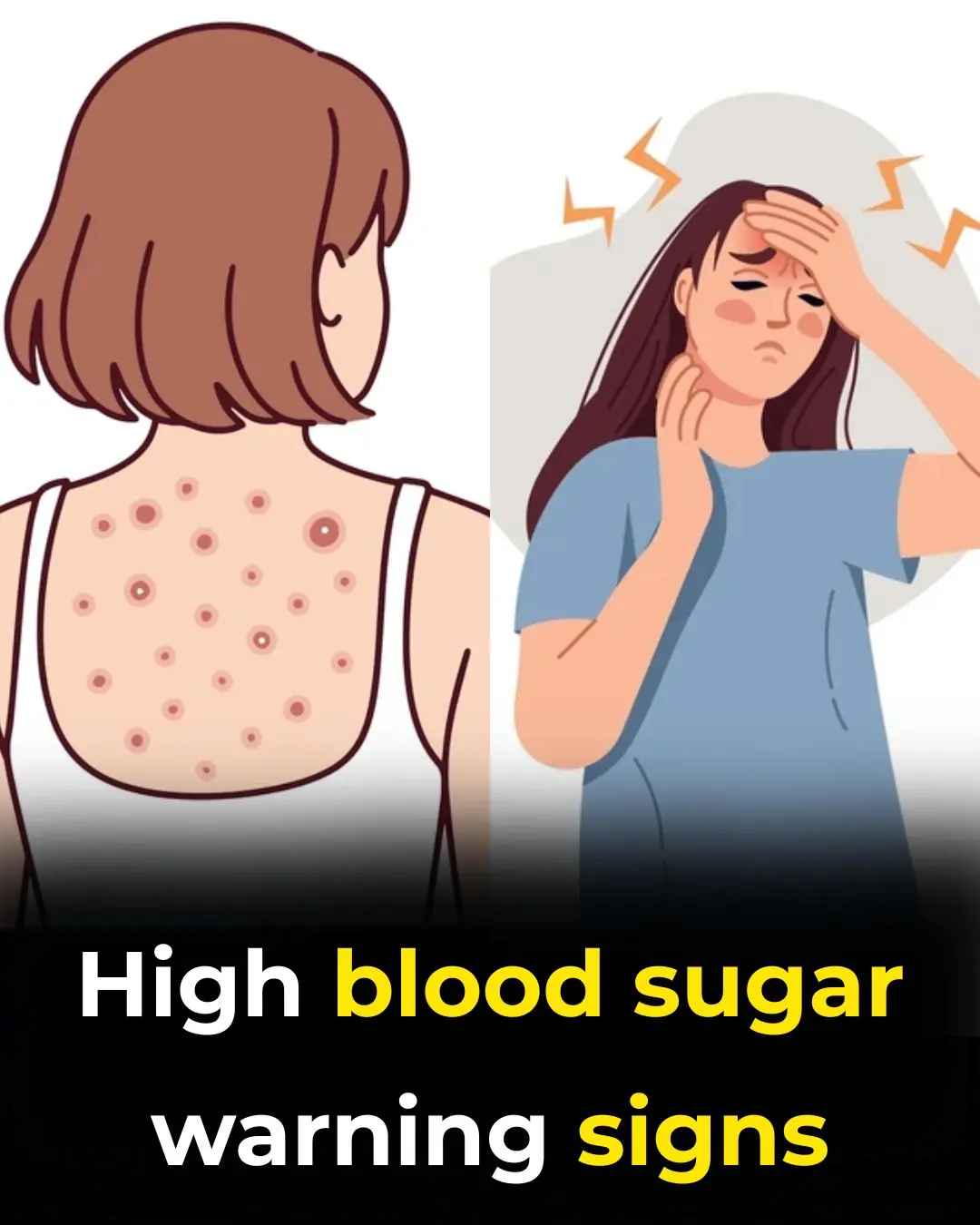
High Blood Sugar Warning Signs

🥚 A Look at How Certain Boiled Egg Habits May Affect Your Heart Health
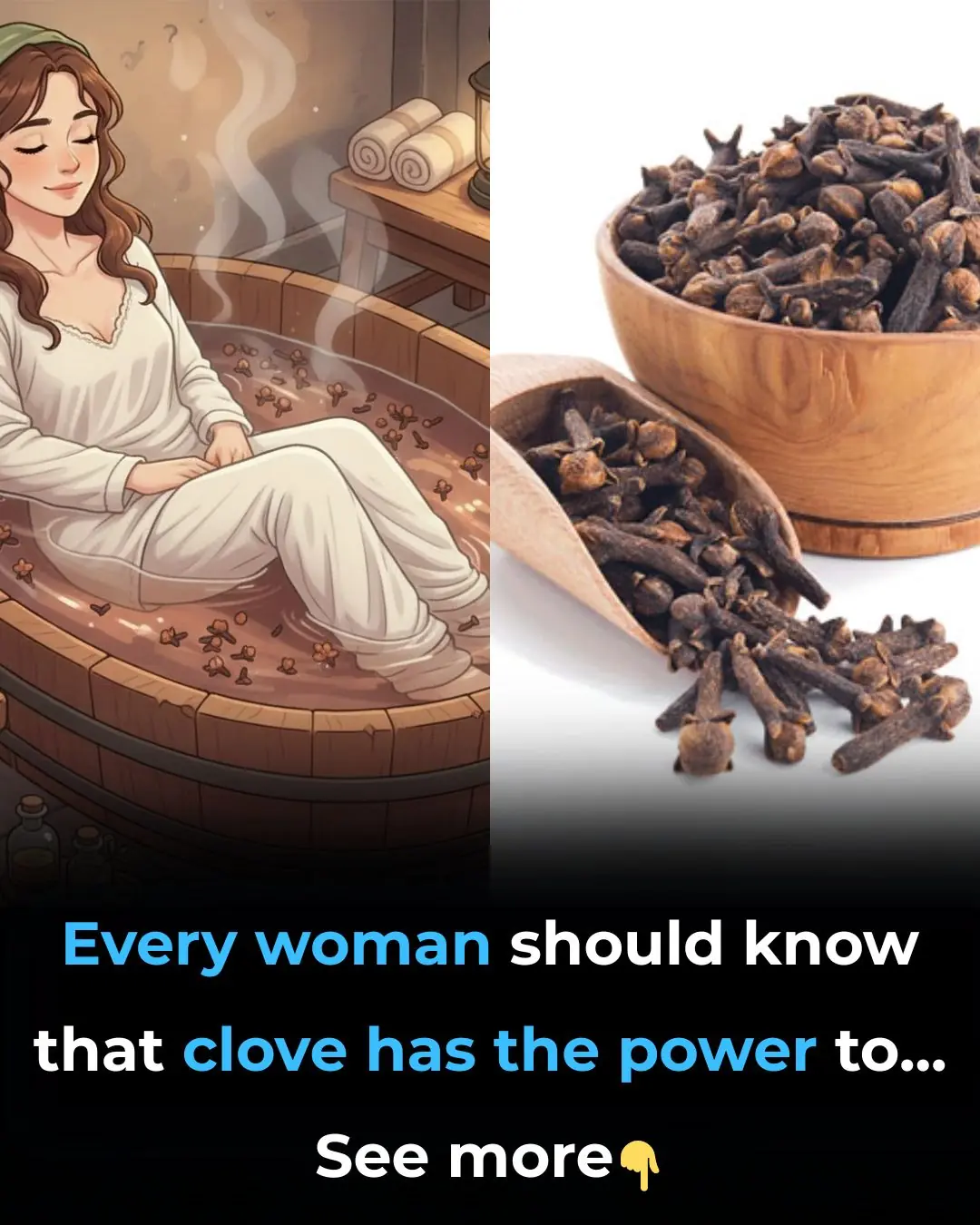
🌿 Clove Water Sitz Baths for Women: A Gentle Guide to Hygiene and Comfort
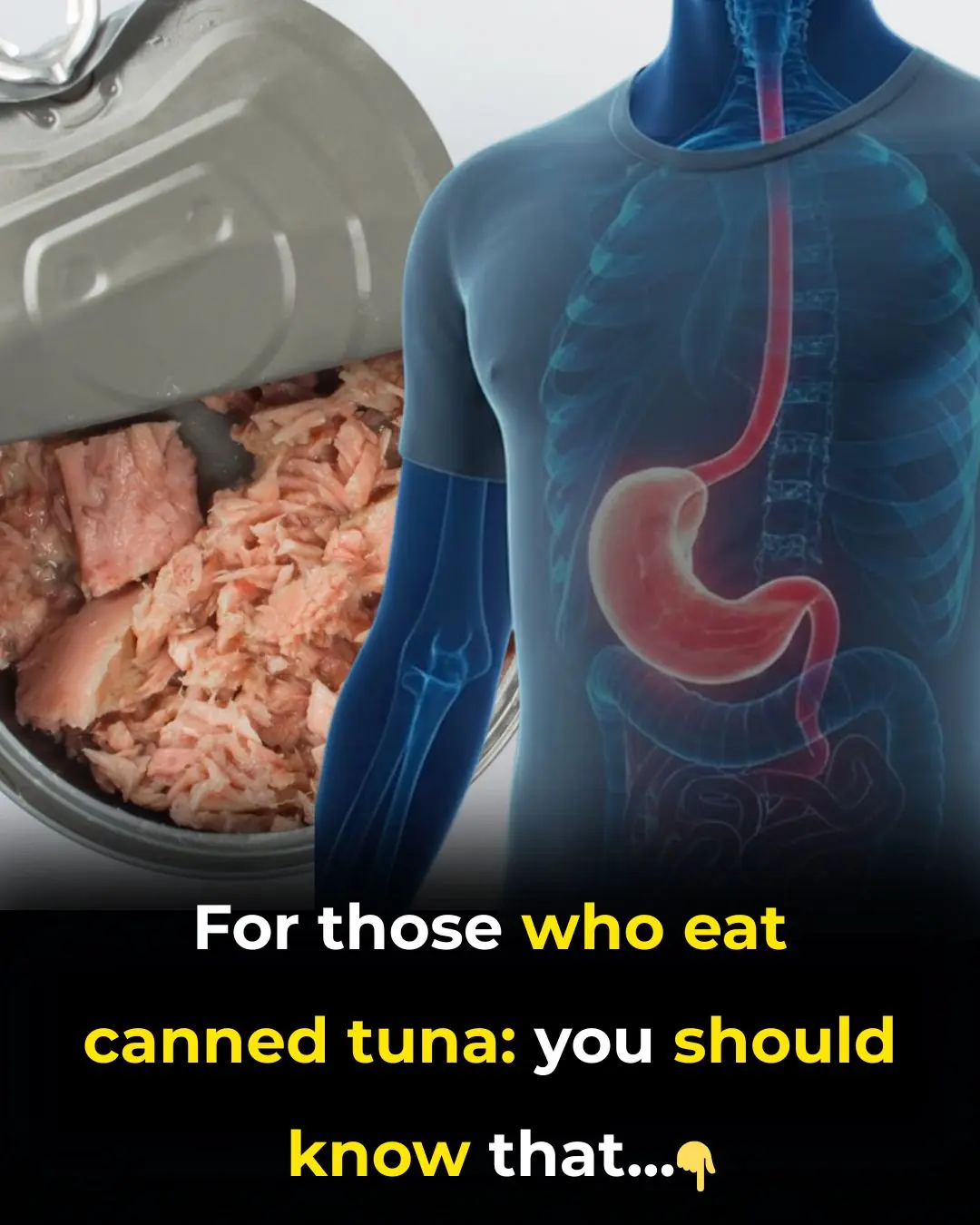
What Happens to Your Body When You Eat Canned Tuna Every Day
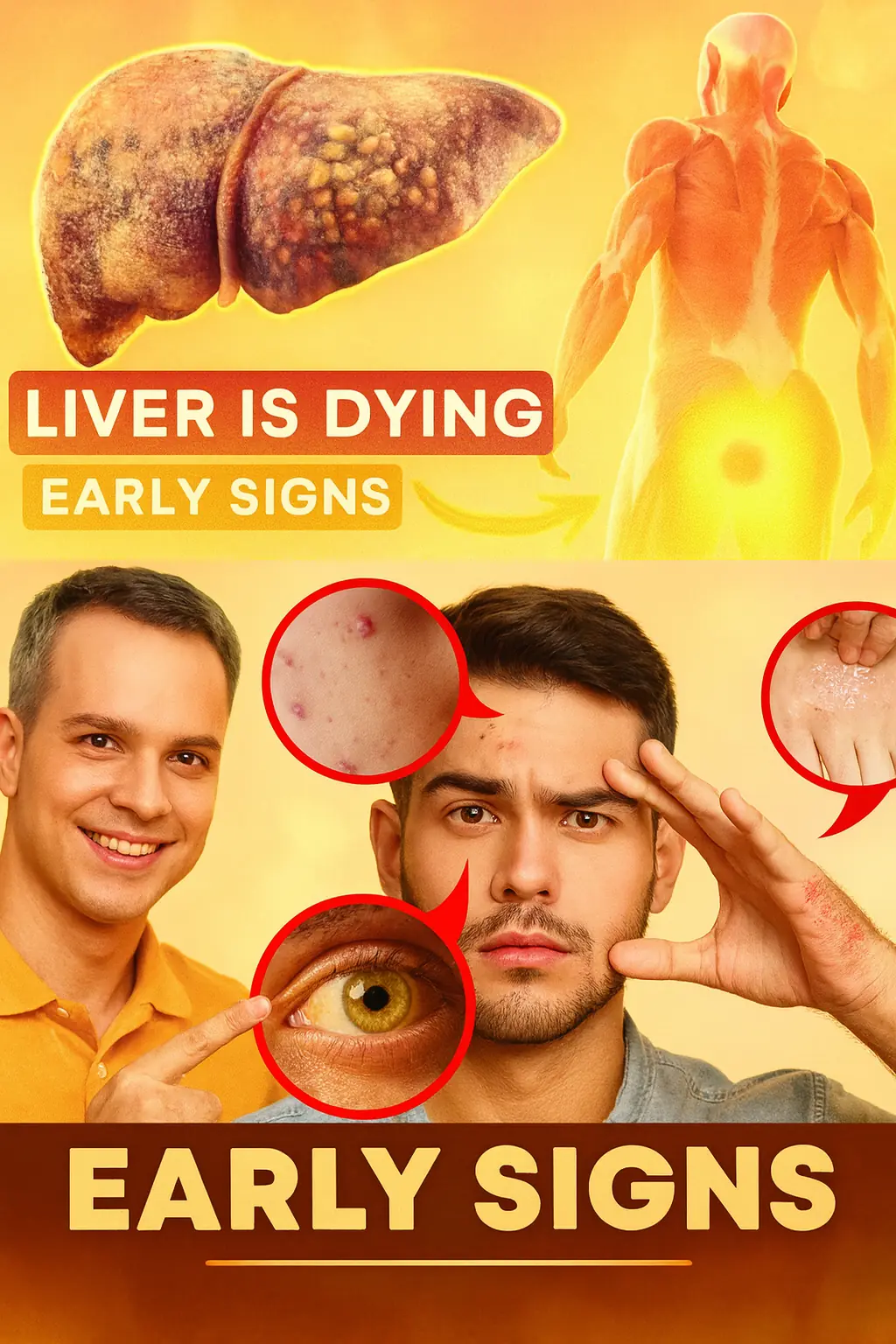
17 Warning Signs Your Liver Is Crying for Help
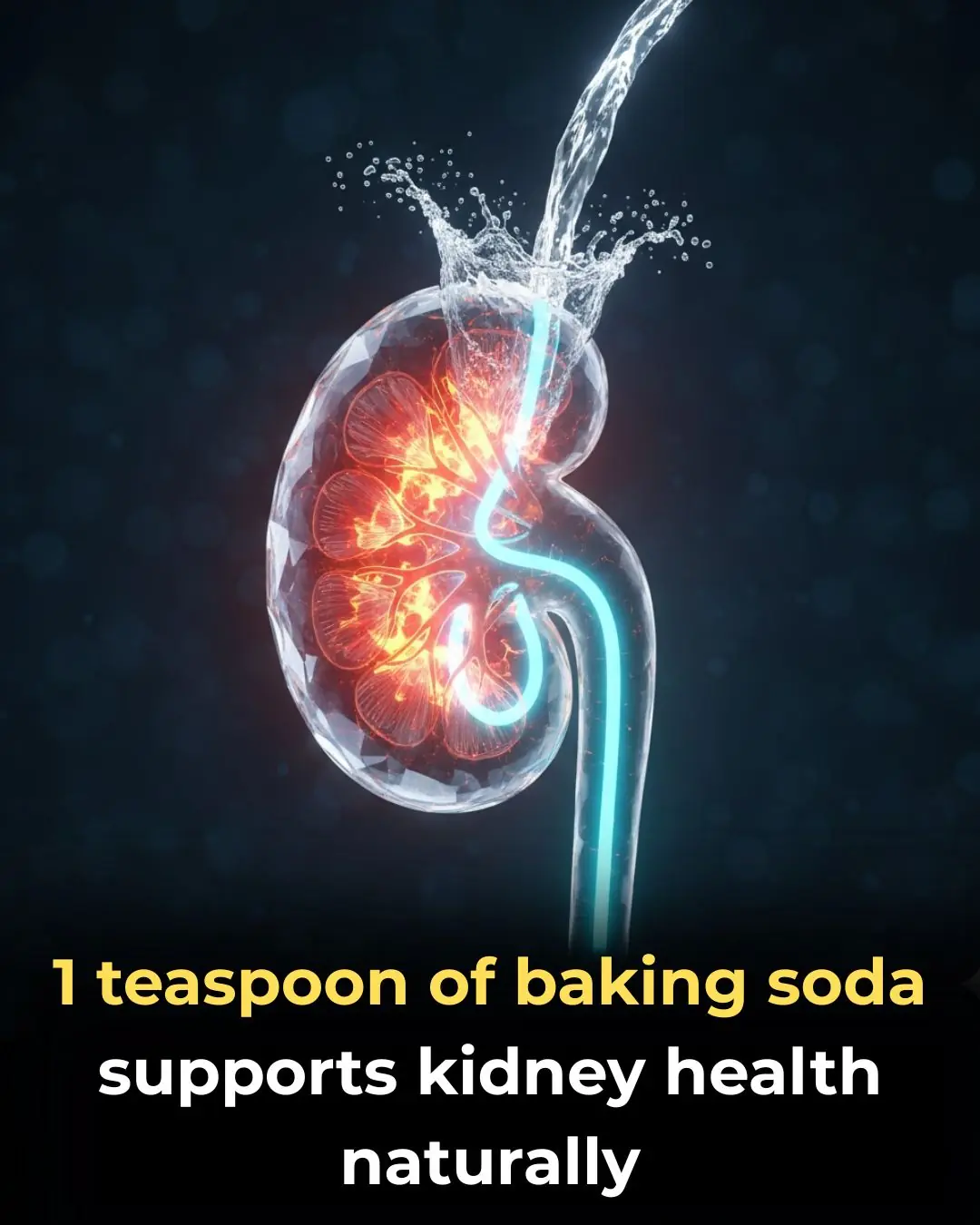
How to Support Your Kidneys Naturally Using 1 Teaspoon of Baking Soda
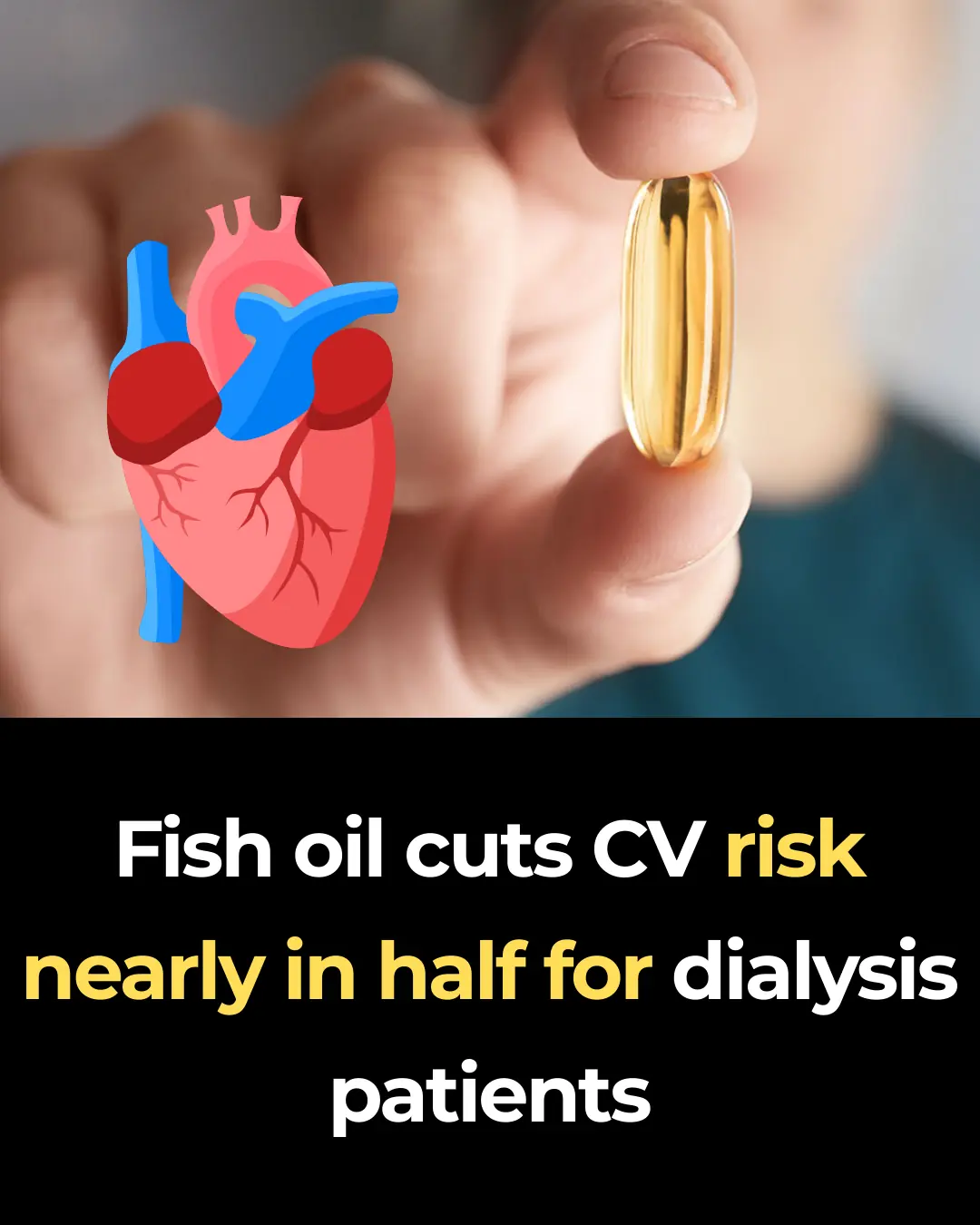
Fish oil cuts CV risk nearly in half for dialysis patients

The hidden heart danger doctors say is more common in people with diabetes
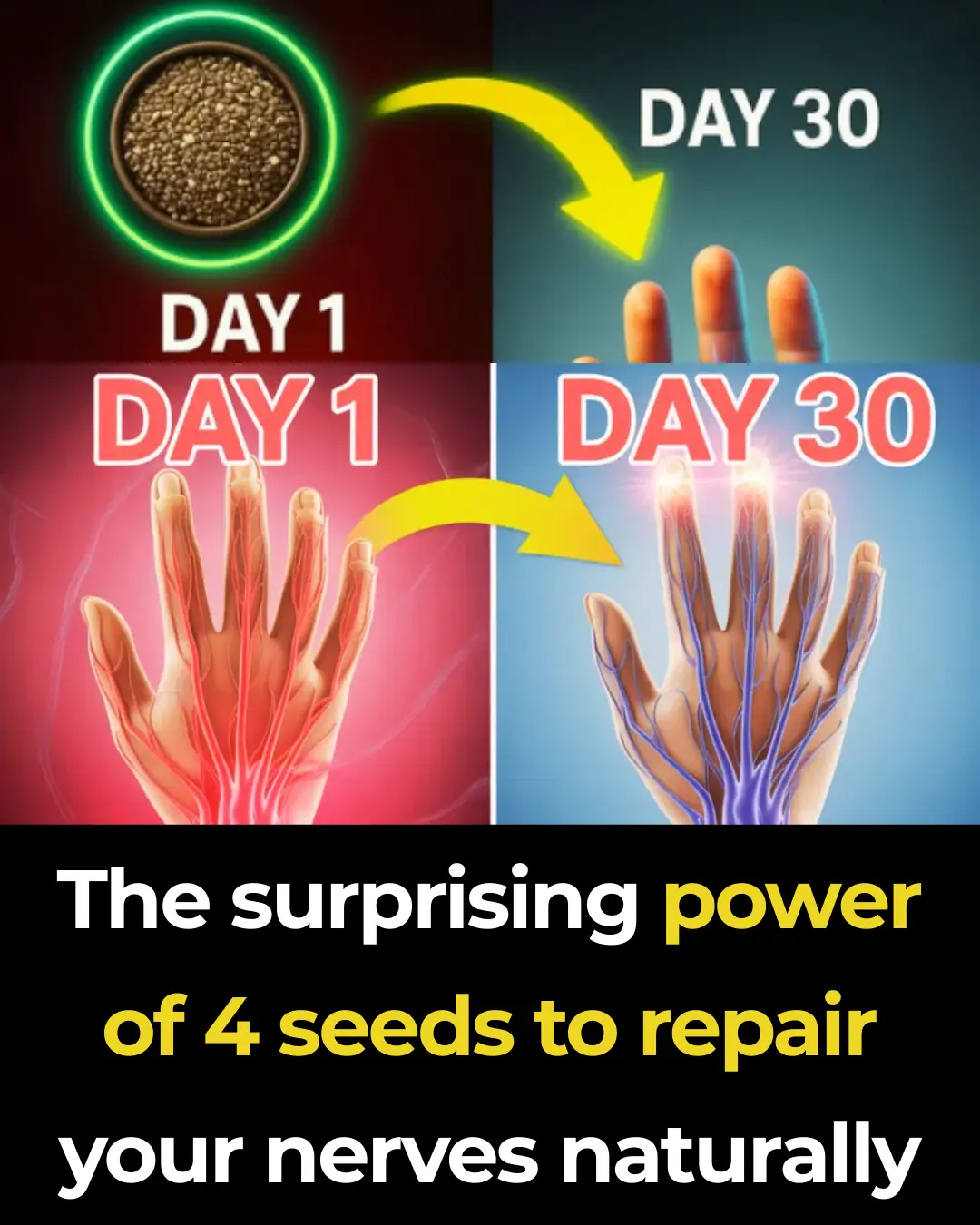
The surprising power of 4 seeds to repair your nerves naturally
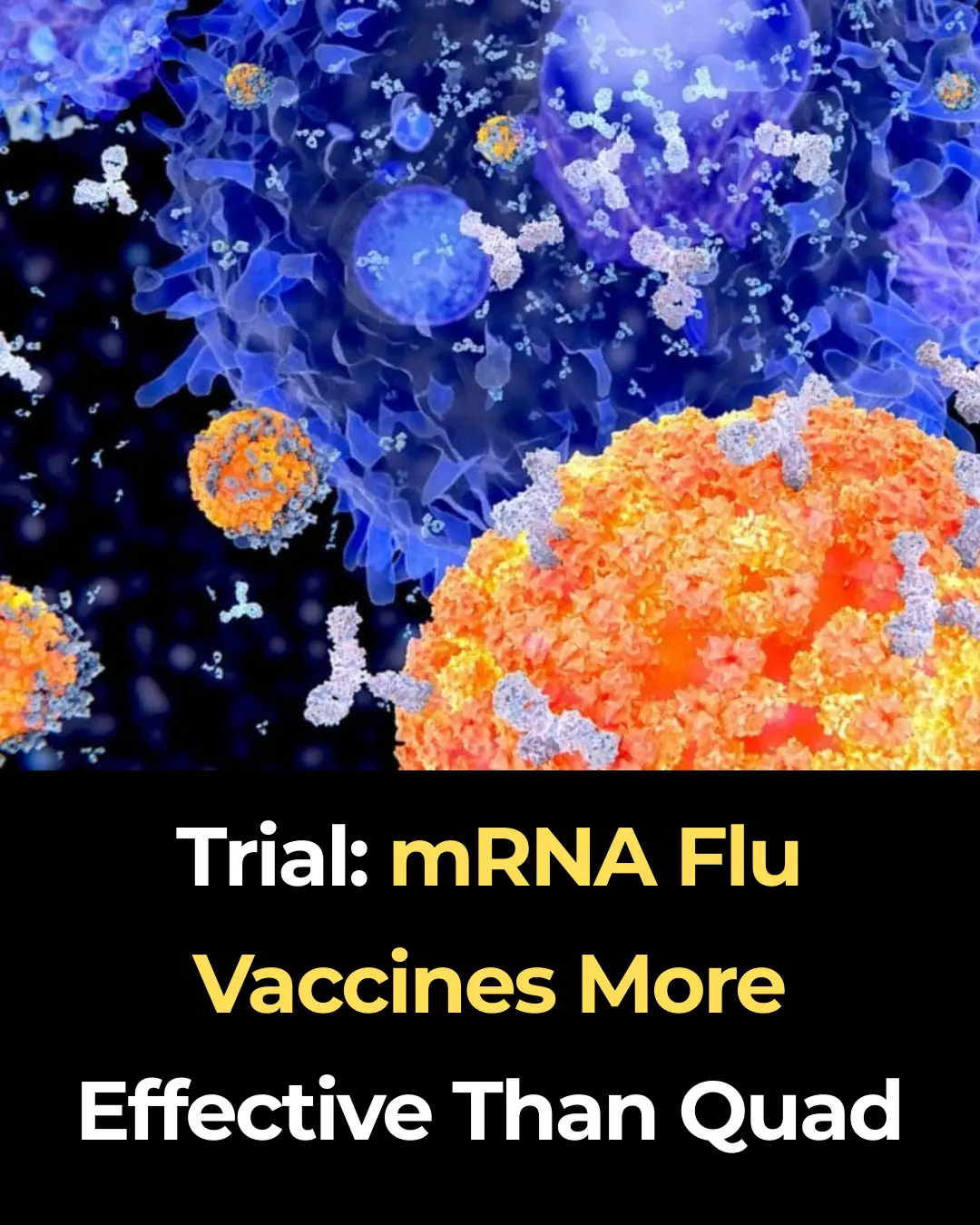
Trial: mRNA Flu Vaccines More Effective Than Quad
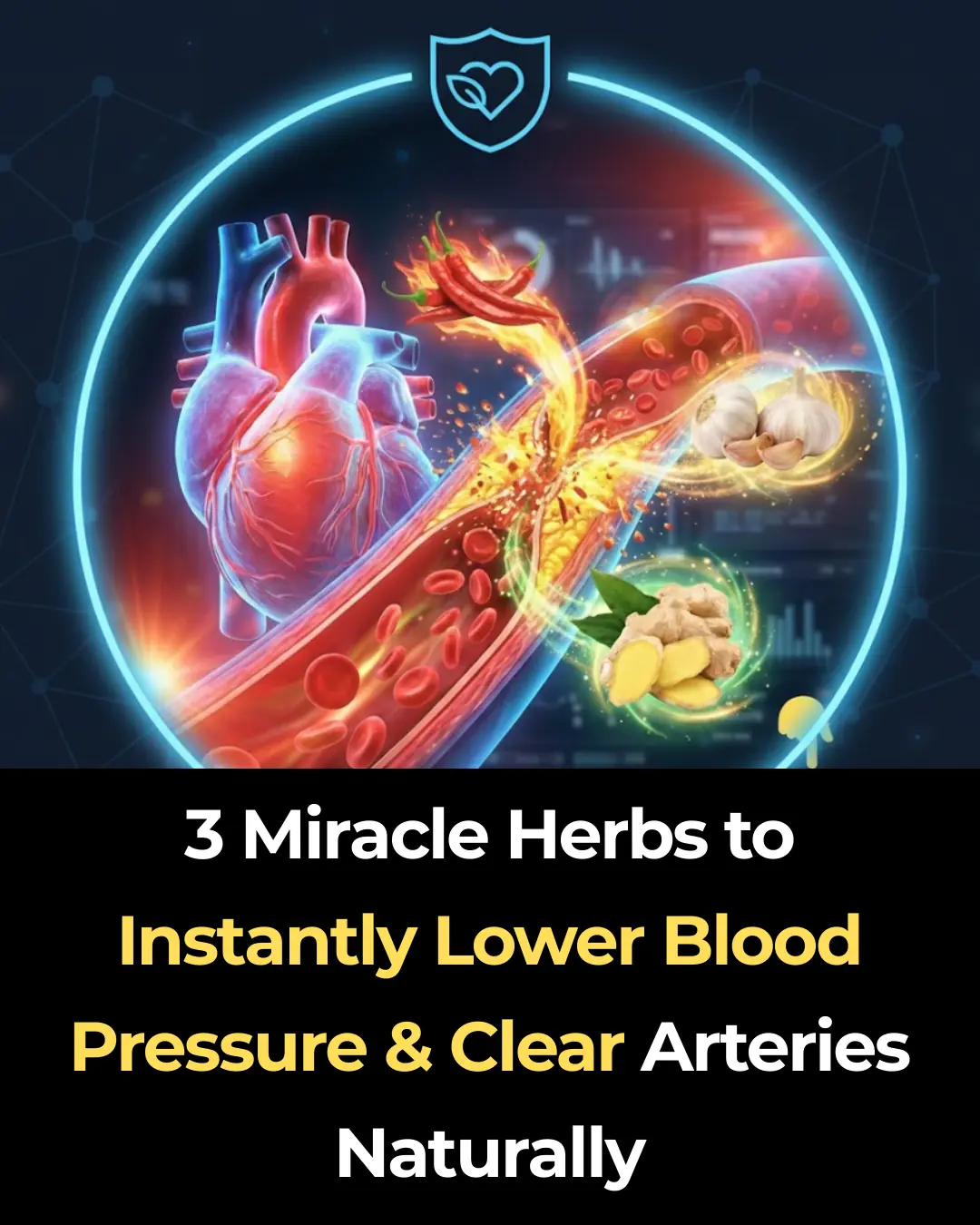
3 Miracle Herbs to Instantly Lower Blood Pressure & Clear Arteries Naturally
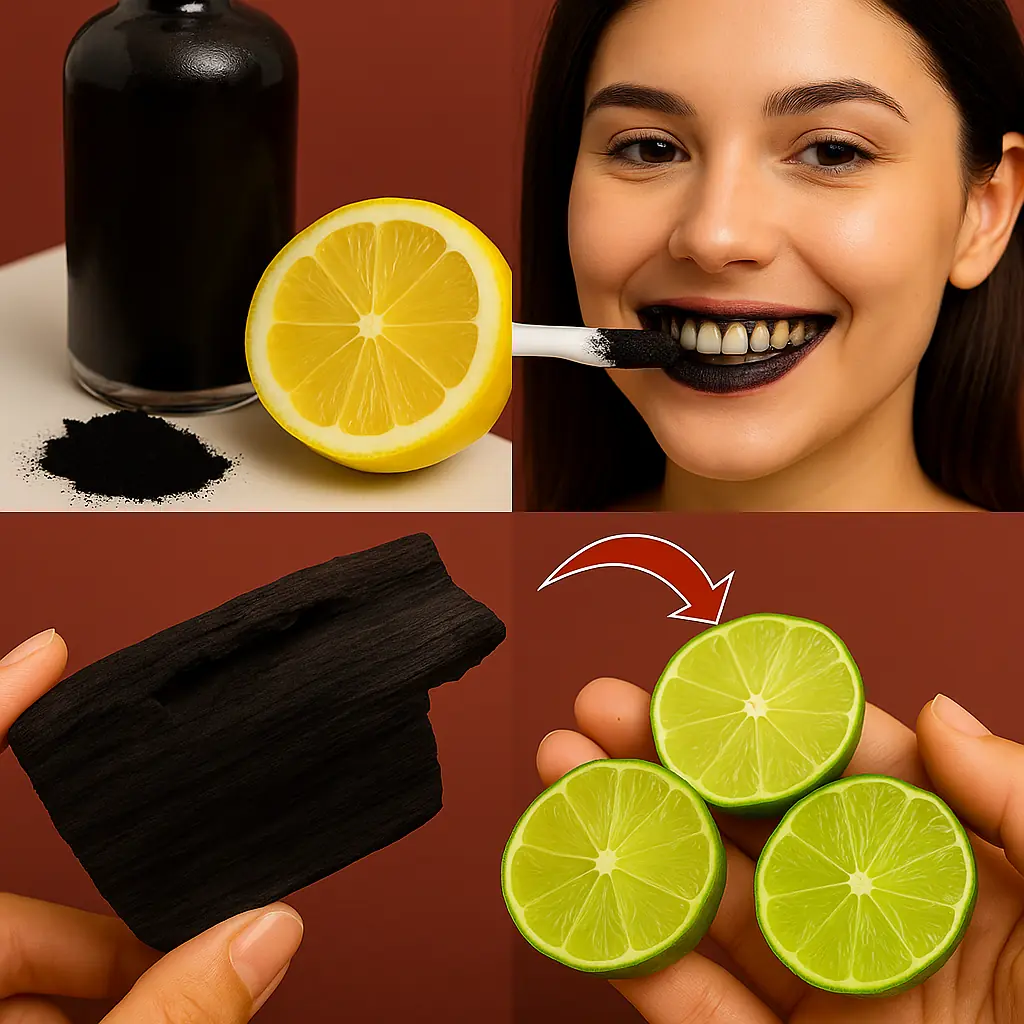
The Surprising Uses of Lemon and Charcoal: A Natural Mix That May Change Your Daily Routine

The Green Bell Pepper Hair Growth Secret You NEED to Know

Eating eggs every day can help you live longer
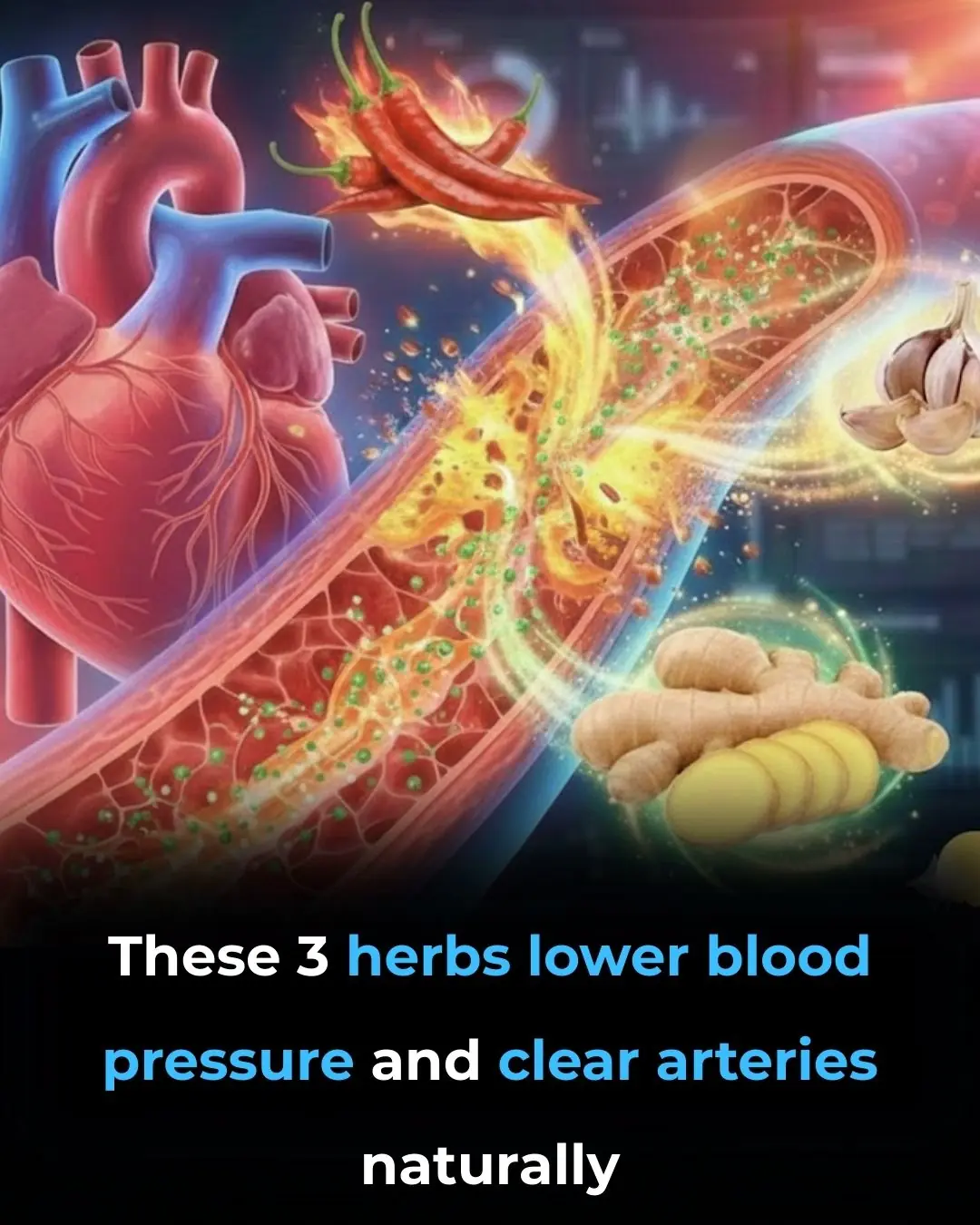
3 Miracle Herbs to Instantly Lower Blood Pressure & Clear Arteries Naturally
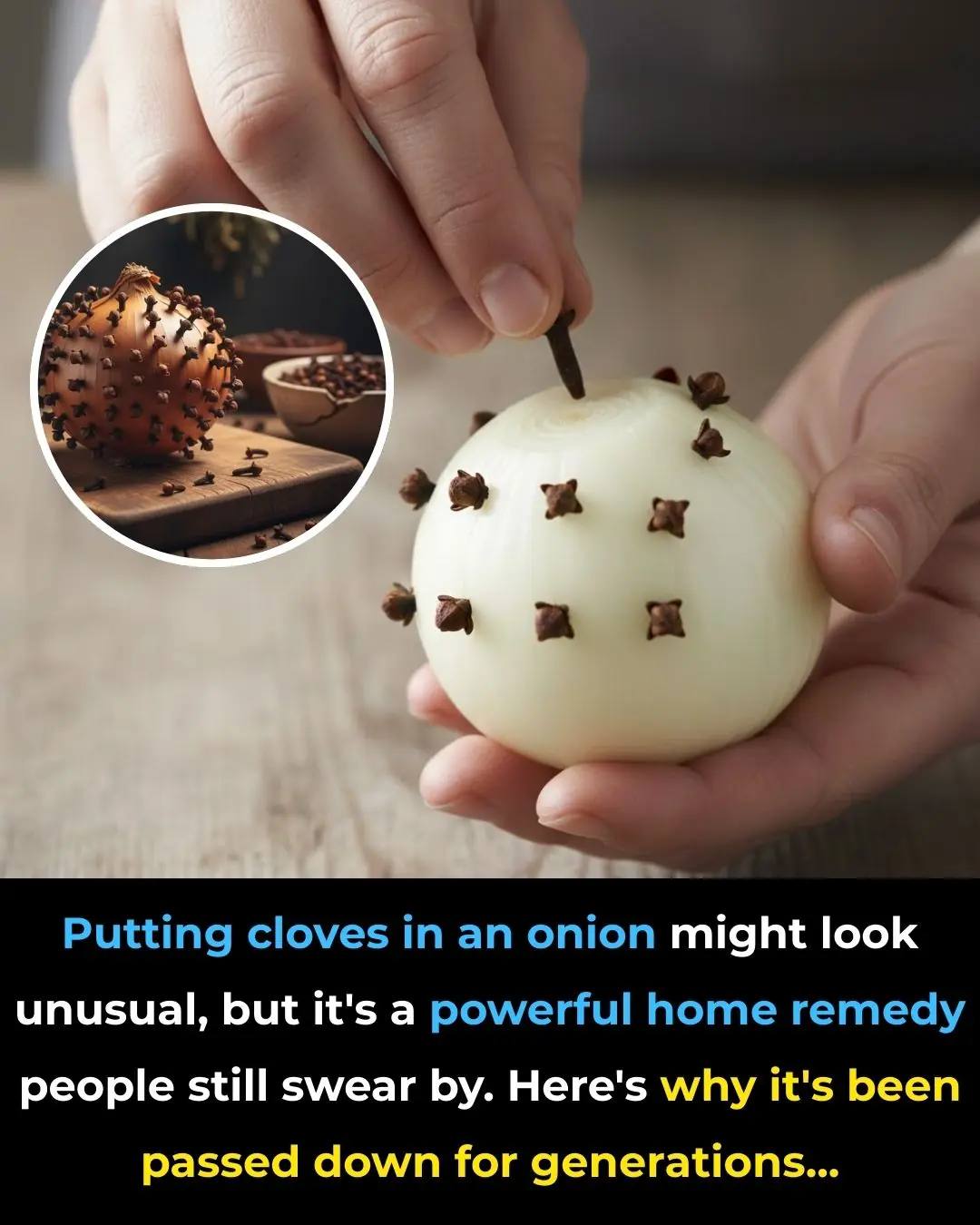
What is its effect. do you know?
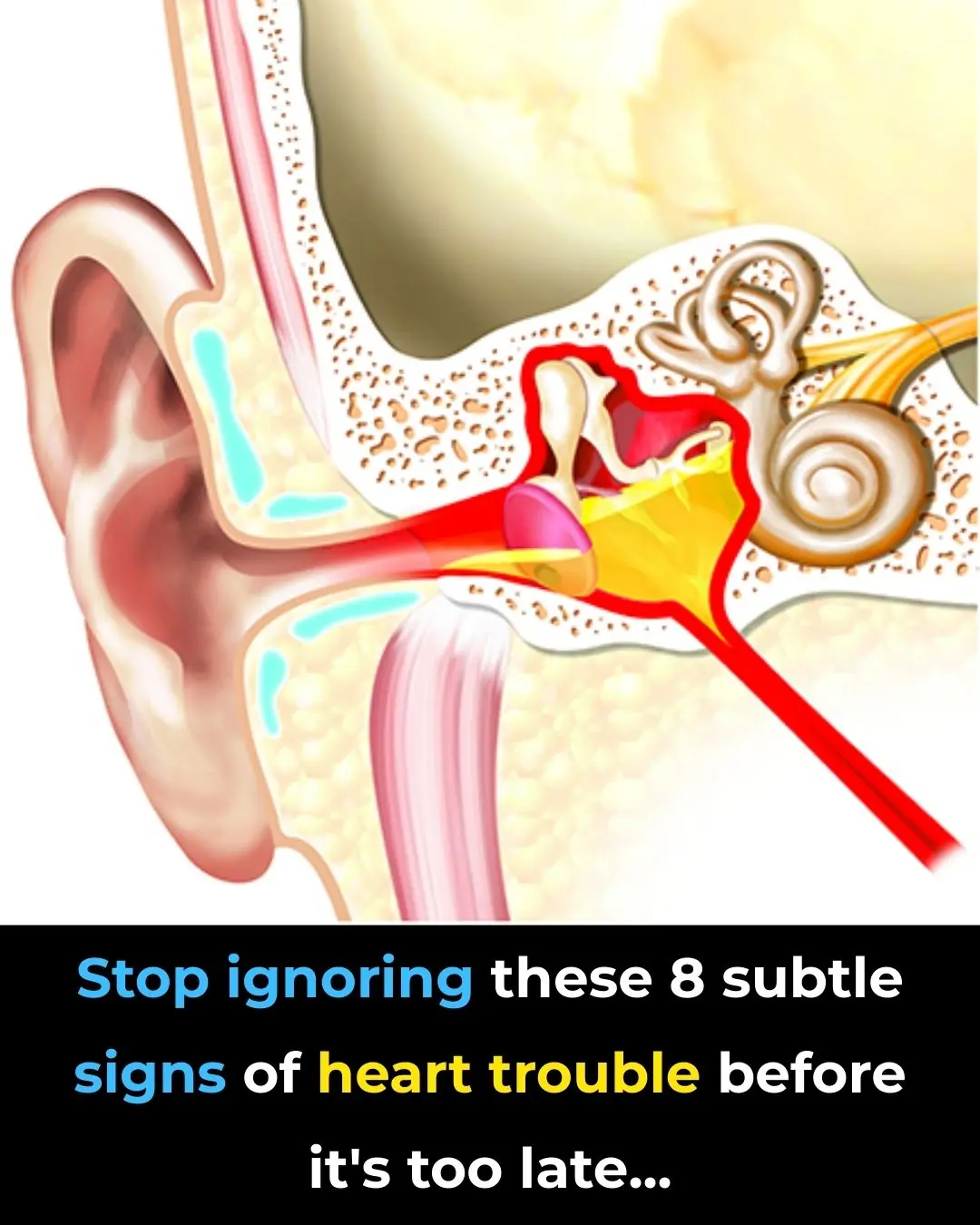
Stop Ignoring These 8 Subtle Signs of Heart Trouble Before It’s Too Late
News Post

High-Dose Nifedipine Linked to Increased Risk of Sudden Cardiac Arrest, New Study Suggests
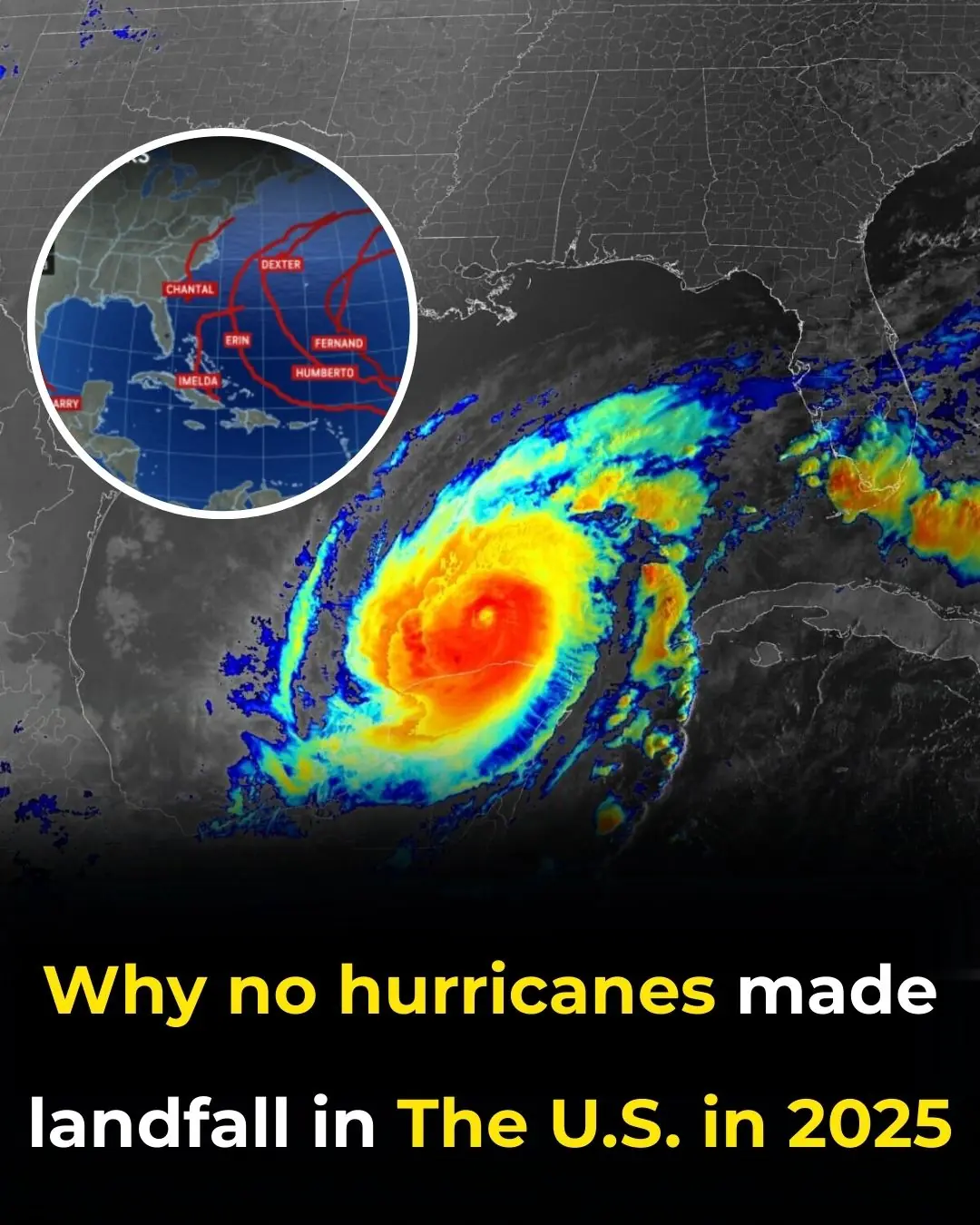
How the U.S. Escaped Hurricane Landfalls in 2025

Ancient Shark Fossils Unearthed in Mammoth Cave Rewrite 325 Million Years of Evolutionary History

Powerful Health Benefits of Pineapple You Should Know
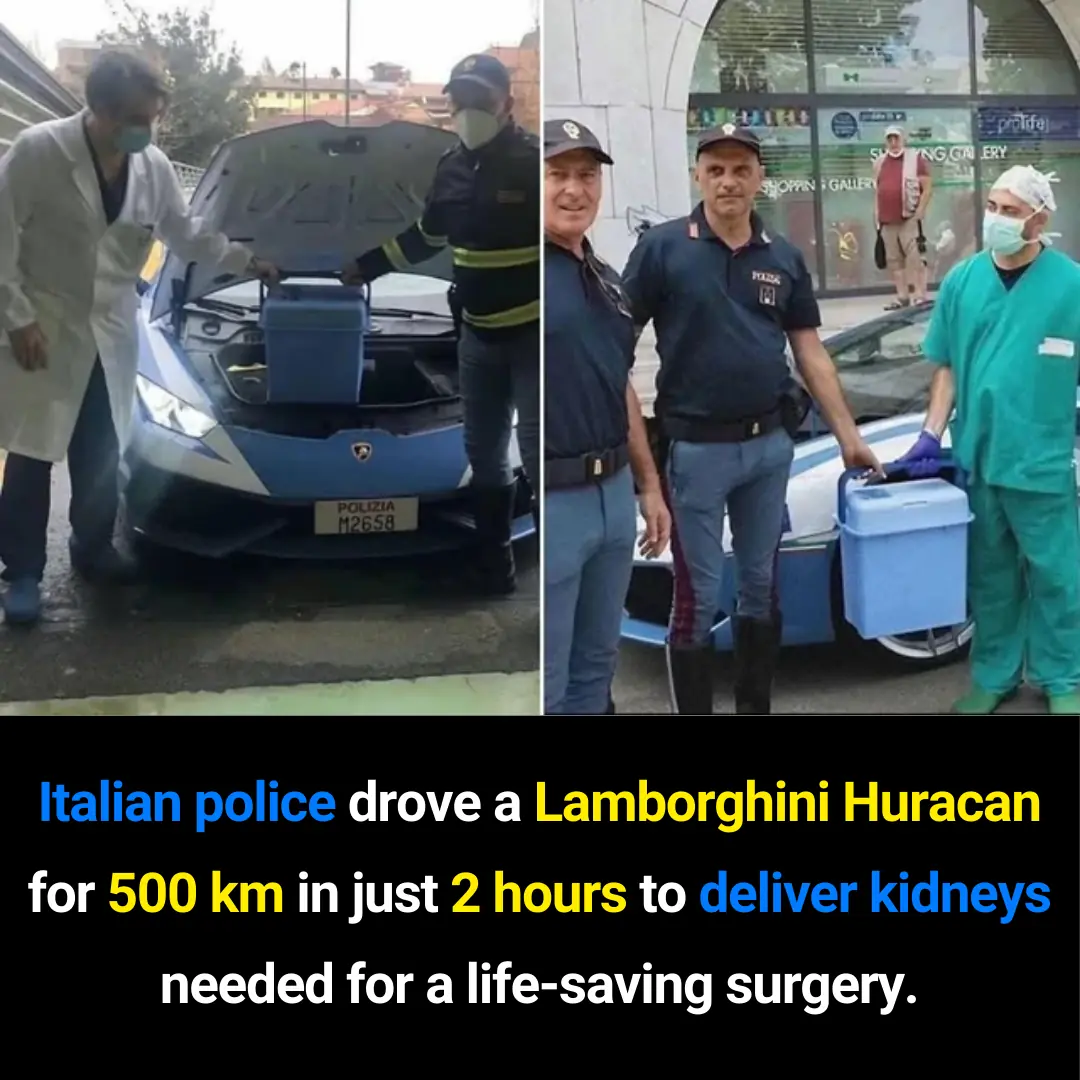
How an Italian Police Lamborghini Huracán Helped Save Lives by Delivering Kidneys Across Italy
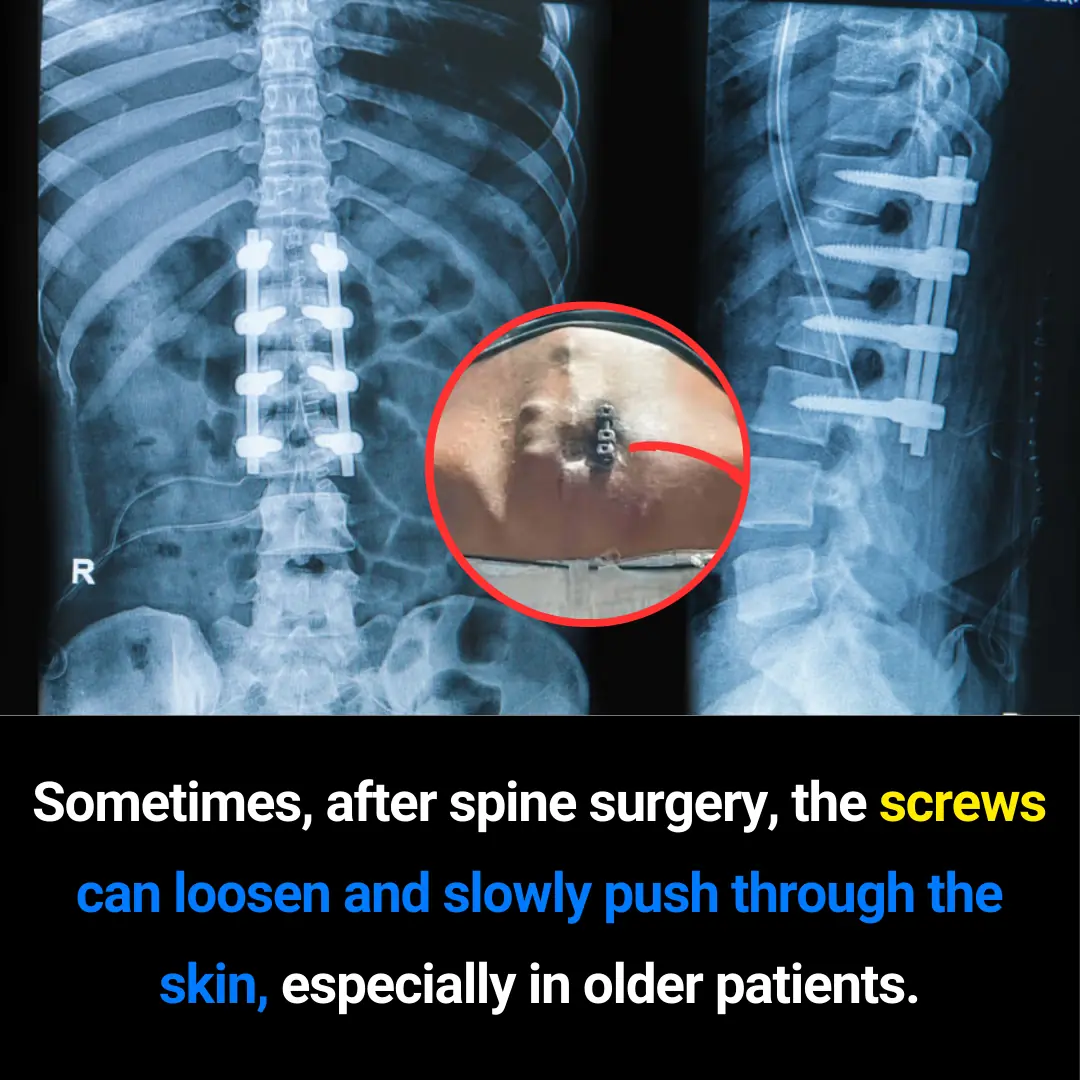
Can Spinal Screws Push Through the Skin? Understanding a Rare but Serious Post-Surgery Complication
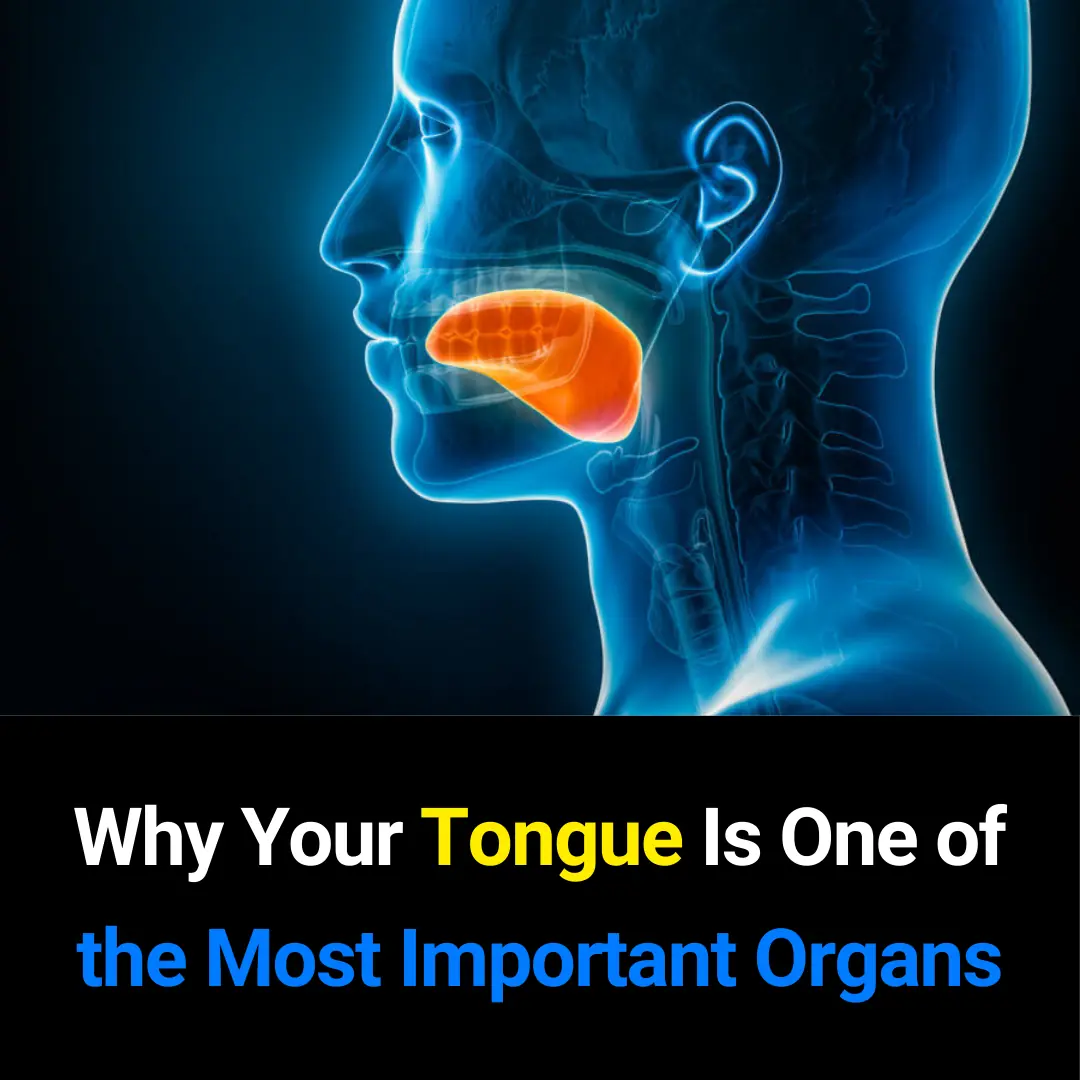
Why the Tongue Is One of the Most Important Organs in the Human Body
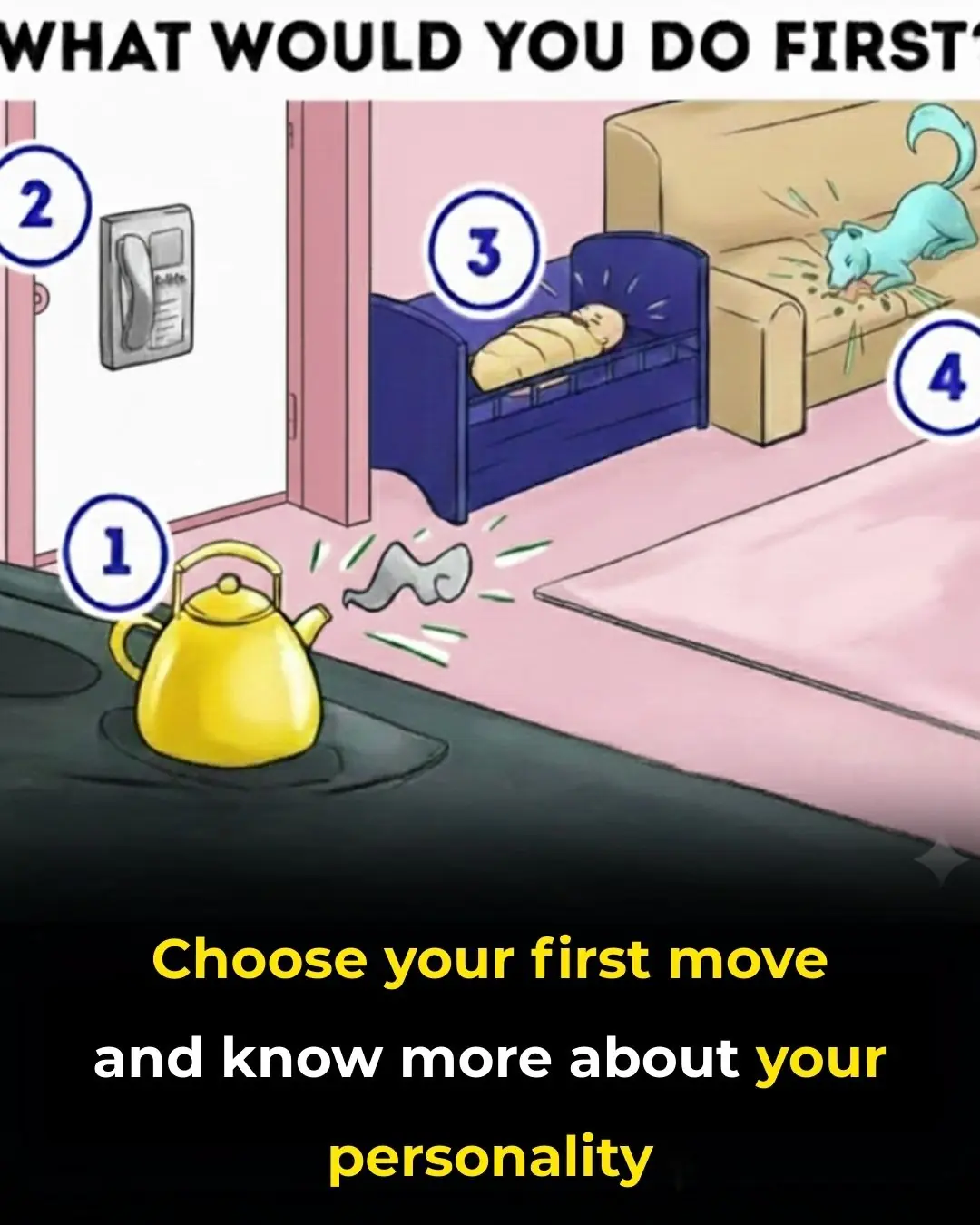
What You Do First in This Scenario

The Surprising Health Benefits of Sleeping in a Cold Room
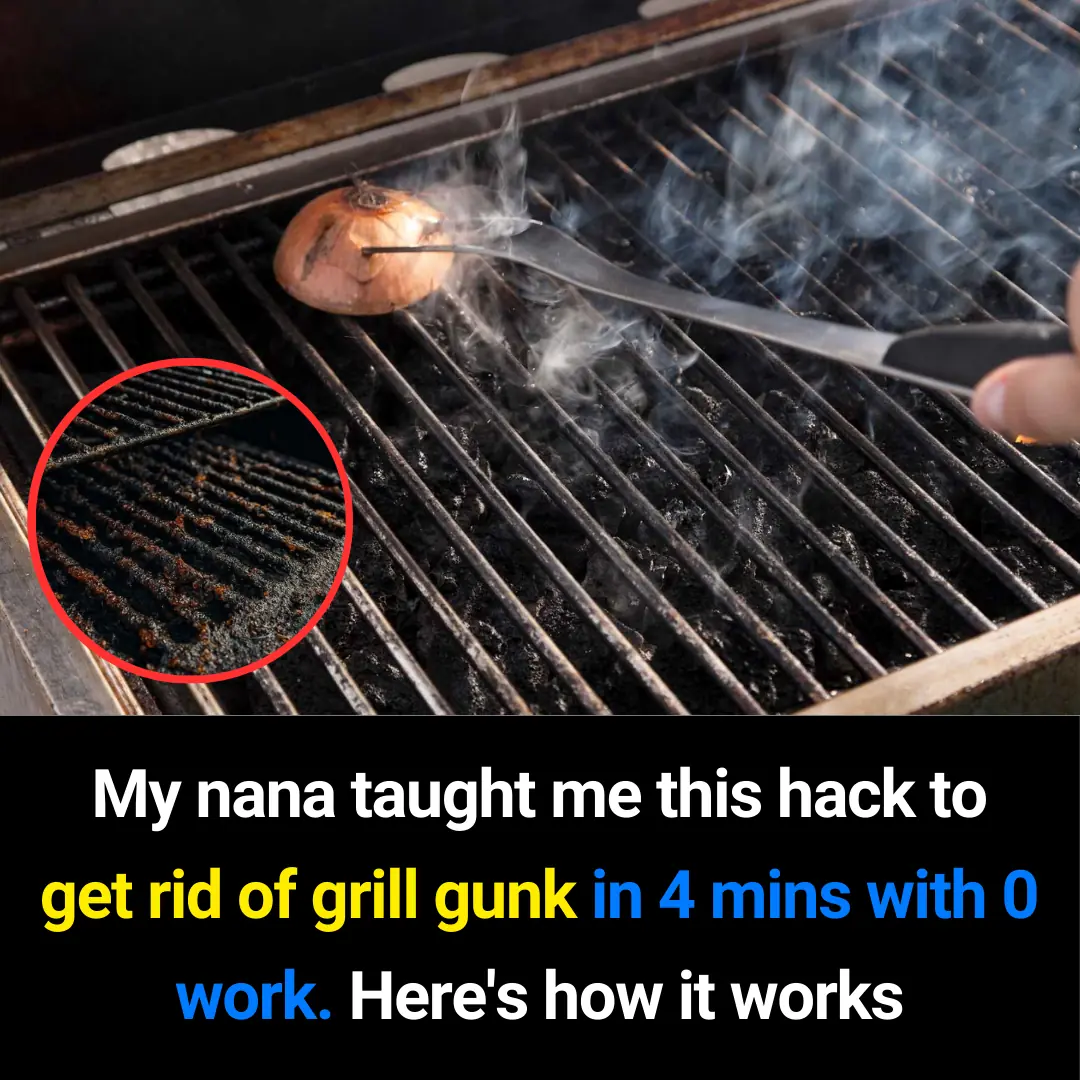
A 4-Minute, Zero-Effort Hack to Clean Grill Gunk – The Simple Trick My Nana Taught Me

High Blood Sugar Warning Signs

🥚 A Look at How Certain Boiled Egg Habits May Affect Your Heart Health
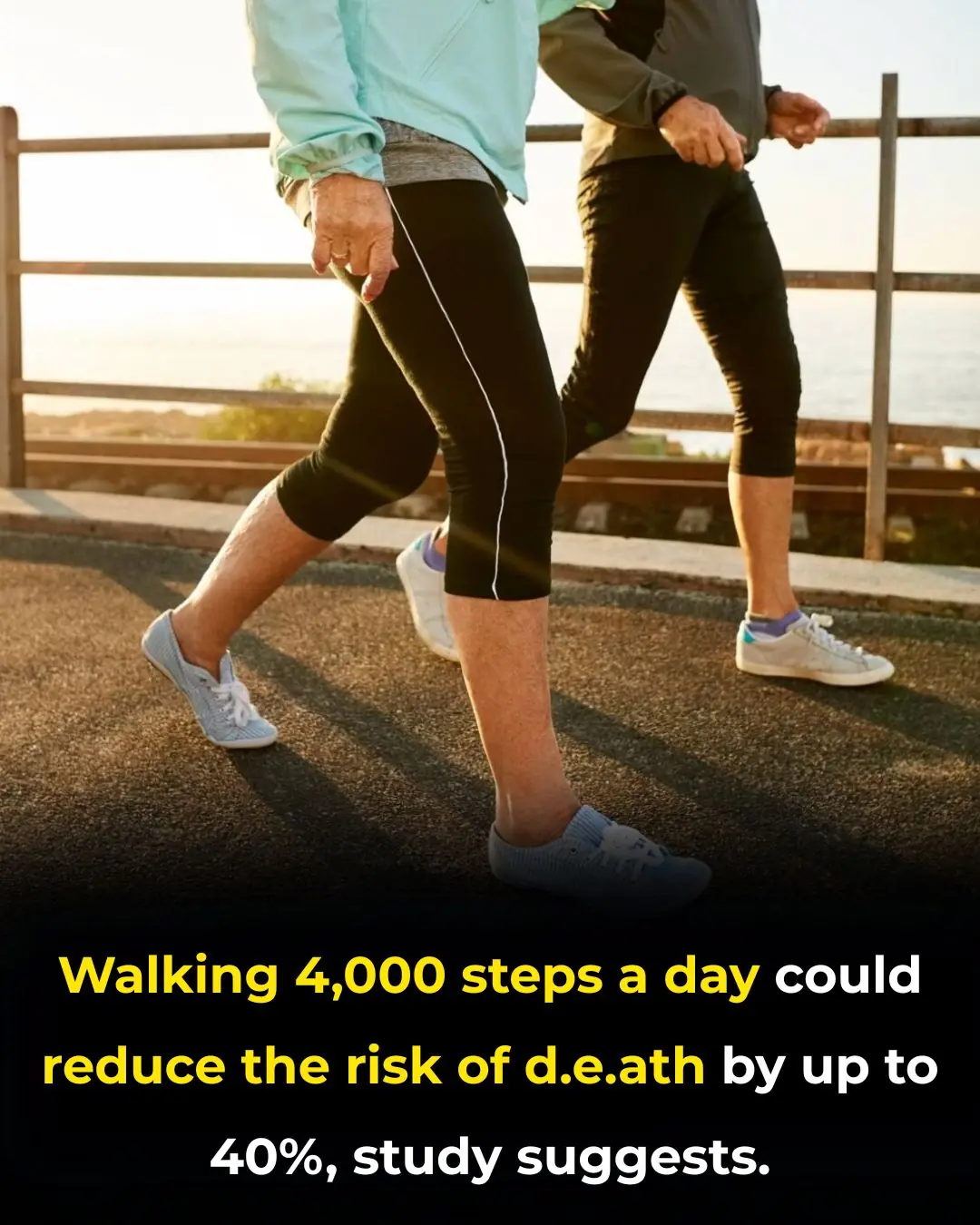
Small Steps, Big Impact: How 4,000 Steps a Day Can Transform Your Health

🌿 Clove Water Sitz Baths for Women: A Gentle Guide to Hygiene and Comfort

What Happens to Your Body When You Eat Canned Tuna Every Day

17 Warning Signs Your Liver Is Crying for Help

How to Support Your Kidneys Naturally Using 1 Teaspoon of Baking Soda

Fish oil cuts CV risk nearly in half for dialysis patients

The hidden heart danger doctors say is more common in people with diabetes
